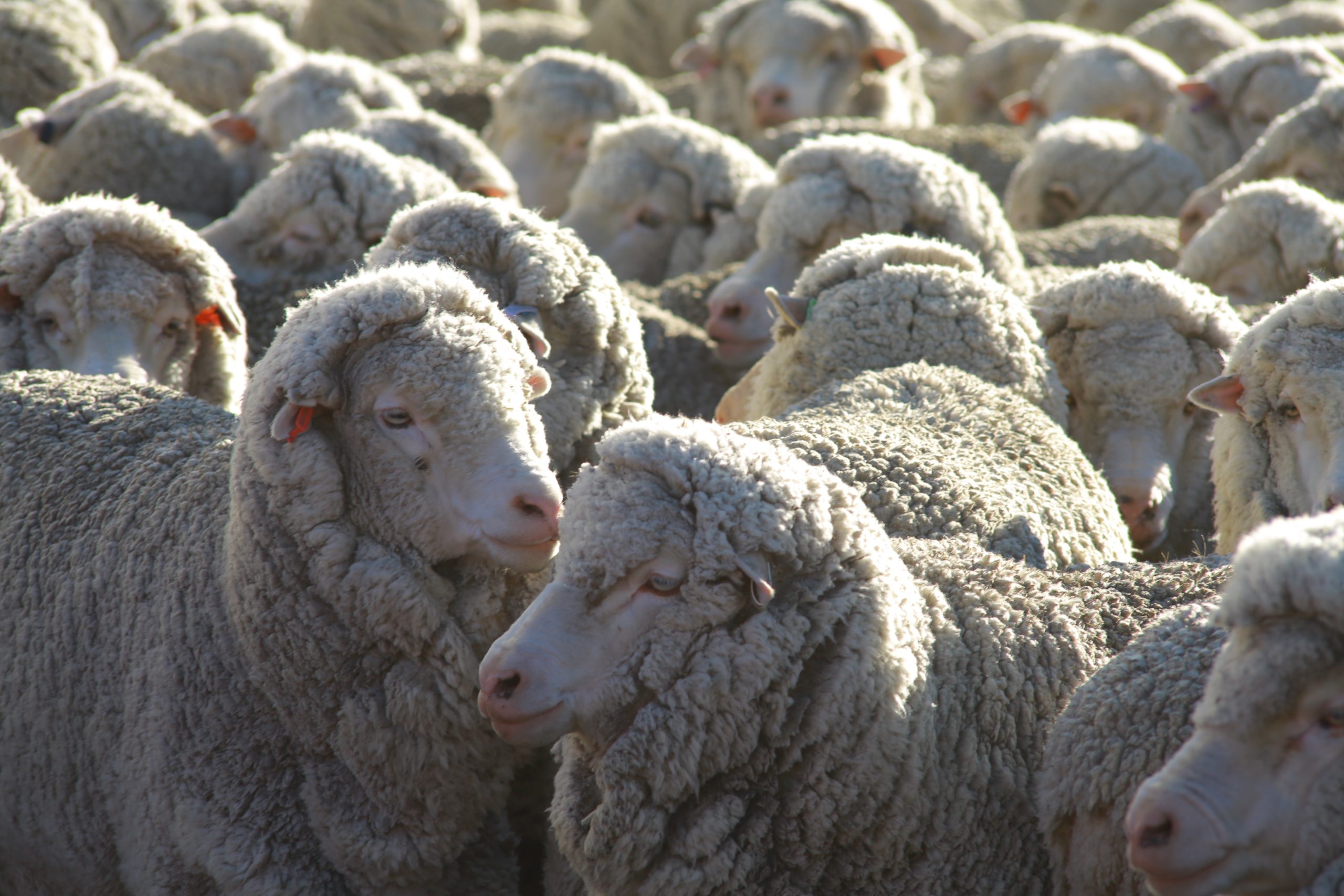Decline Predicted for Australia’s Shorn Wool Production
Australia’s shorn wool production is predicted to continue to decline over the current season with New South Wales and South Australia the only bright spots. This is according to the latest Australian Wool Production Forecasting Committee’s projection of shorn wool production for 2023/24 which is estimated to reach 324 million kilograms greasy – one per cent lower than the 2022/23 estimate, down 4Mkg on the December forecast.
And it is Western Australian production that is expected to see the biggest fall next season with a predicted drop to 55.6Mkg from 60.6Mkg – a significant volume fall of 5Mkg. In Victoria, wool production is also expected to decline with a fall of 1.3Mkg, Queensland is predicted to weaken by 1.2Mkg and Tasmania down in the order of 0.9Mkg. The figures paint a picture of Australia’s changing flock dynamics due to industry influences and varied seasonal conditions across key wool growing regions.
Committee Chairman, Stephen Hill said the revised April forecast reflects the impact on numbers of sheep shorn and average cut per head. “Held over lambs and older breeding ewes remain in the flock as sheep meat prices stay relatively low,” Mr Hill said.
“The number of sheep shorn during 2023/24 is expected to remain at 71.6 million near the 2022/23 season level.” NSW is forecast to shear 26.6 million head this season – an increase of 2.7pc. Mr Hill said this is despite the varied seasonal conditions across the state. “Key wool producing regions in the central west and southeast have had a reasonable season to date with recent welcome widespread rain,” he said.
“The number of sheep shorn is also expected to increase in South Australia due to favourable seasonal conditions in the pastoral regions but will remain either steady or decrease in other states.” Average cut per head is expected to be 4.53 kg greasy, down 2.2pc compared to 2022/23.
Australian Wool Testing Authority (AWTA) key test data for the season to date showed wool test volumes to the end of March 2024 were down by 2.9pc on a year-on-year basis. First-hand offered wool at auction to the end of March 2024 (week 39) was up 1.4pc compared with the same period in 2022/23. The AWPFC’s first forecast of shorn wool production for the 2024/25 season is 306 Mkg greasy, a 5.8pc decrease on the 2023/24 forecast.
In terms of market prices, declines in fine wool prices and increased supply saw an overall easing in the Australian wool market keeping prices below average levels in March. To add to this, lack of consumer demand continues to weigh heavily on the outlook. At the start of March some short-lived gains breathed some confidence into the commodity before the benchmark Eastern Market Indicator (EMI) lost 30c across the last three weeks of March to land at 1,142 cents per kilogram, clean.
The lowest point for the EMI since November 2023 and a 71c fall from the beginning of 2024. The benchmark Eastern Market Indicator is trailing its five-year average by 14.4pc with 18-micron fine wools down 14.7pc compared to the average. Medium wools are tracking along slightly stronger with 20-micron wool 8.2pc below its five-year-average. Unfortunately, crossbred wool remains well below average with 28-micron wool down on its five-year average by 33.8pc.
According to industry experts it was increased supply which was the primary driver of lowering prices in March with three consecutive weeks offering over 40,000 bales nationally. But despite the softer prices, sellers still showed a readiness to take the prices on offer with a softer pass-in rate in March.
Source: AWI


